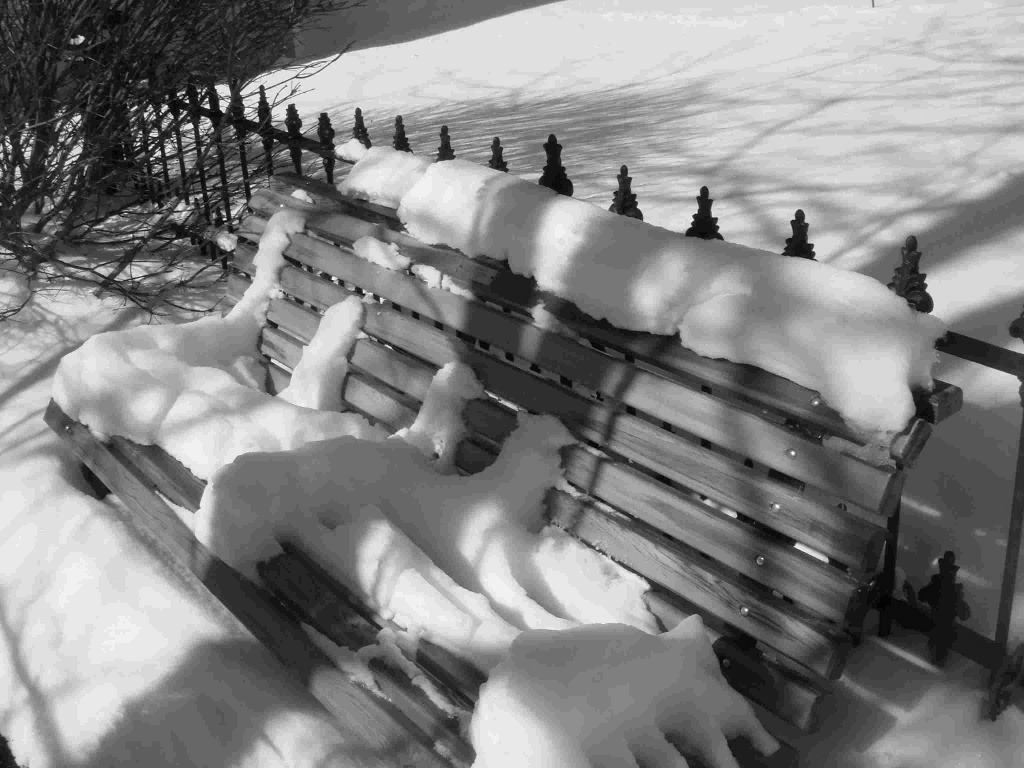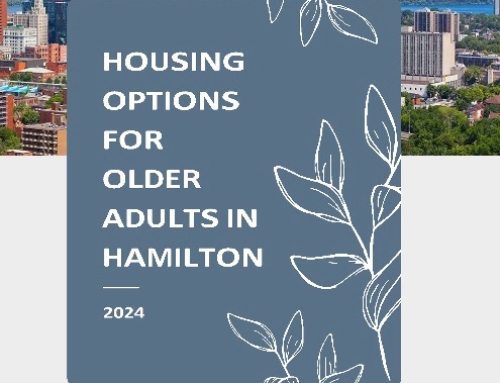By Eva Wang, a student in Aging and Health at McMaster University.
Ever feeling low or continuously sad in winter? Or sitting numbly beside the window looking at the gloomy weather outside? Or feeling weak and drained of energy…?
Shift in Mood? – SAD in winter!
Living in the northern hemisphere, particularly during the winter season where days of scattered snow, and less exposure to sunlight can be dark and depressing. Winters are notoriously long and dark in Ontario, waking up in the dark, shorter days.
The winter season is more likely to intensify the mood disorder known as Seasonal Affective Disorder (SAD for short) commonly referred to as ‘winter blues’ is a specific type of depression related to the changes in seasons. It has been estimated that approximately 60 million people worldwide suffer from SAD –with one-third of them being older adults.
Common symptoms of the ‘winter blues’ are:
- Persistent low mood
- Loss of interest in routine everyday activities
- Feelings of irritability, despair, anxiousness, and worthlessness
- Feeling sad, hopeless, or guilty most of the time
- Loss of interest in hobbies that were once enjoyable
- Fatigue, brain fog, or lack of energy
While symptoms may differ from one person and another, for some SAD can have a negative impact on their usual social lives.
As the seasons change, many of us may notice shifts in our mood and energy levels. For older adults, these changes can be particularly pronounced, and more at risk of developing into SAD. Harsh winter weather can add to the impact of darkness and lack of daily sunshine, where older adults may have to spend more time indoors because of icy grounds and fall risks. A lack of outdoor activity and community connection can leave older adults feeling more social isolation.
Dealing with SAD?
Researchers at McMaster University and elsewhere have found that light therapy is often a strategy to deal with the responses of minimal sunlight. Simple ways to lift up low moods include opening your curtains, sitting by a window in the brightest room in your home during sunny days in winter (perhaps with a hot drink, and tending some indoor plants.
Even though it is difficult to socialize as much as usual during the cold, gloomy winter weather, lifestyle changes can also be helpful for managing SAD. Eating healthy and balanced meals can enhance energy levels and decrease the symptoms. Another way is to keep occupied before it gets dark. Reading a novel, and giving phone calls to friends is a good way to keep your mind and body busy.
Spending time indoors with friends and families, whether it is holiday celebrations gathering around the dinner table or other social occasions, can make a big difference in mood. That being said, it’s important for family members and caregivers to stay in touch with older, frail relatives in order to encourage indoor social interactions and provide rides to outdoor activities. Starting smaller activities like solving puzzles, or baking cupcakes can eventually help to facilitate social ties and minimize feelings of social isolation.
Conclusion
SAD is widespread, it is more than just a seasonal ‘feeling blue’. Staying warm and cozy in winter alongside the caring, supportive environment from friends and family members is a wonderful way to live through the winter season. Creating social activities for isolated individuals, especially those with the winter blues, can enhance our moods too. Intergenerational activities with children can be a seasonal boost to both generations.
References
Bailey, D. (2023). Seasonal Affective Disorder in Seniors. Seasonal Affective Disorder in Seniors. University of Michigan Health.
Donohue, M. (2022). How Seasonal Affective Disorder (SAD) Affects Seniors?
Daily Caring. (n.d.). 4 Ways Seniors And Caregivers Can Prevent And Manage Seasonal Depression.
https://dailycaring.com/4-ways-seniors-and-caregivers-can-prevent-and-manage-seasonal-depression/
Mayo Clinic. (n.d.). Seasonal Affective Disorder
McMaster University. (2019). SAD: The truth about seasonal affective disorder. https://healthsci.mcmaster.ca/sad-the-truth-about-seasonal-affective-disorder/






